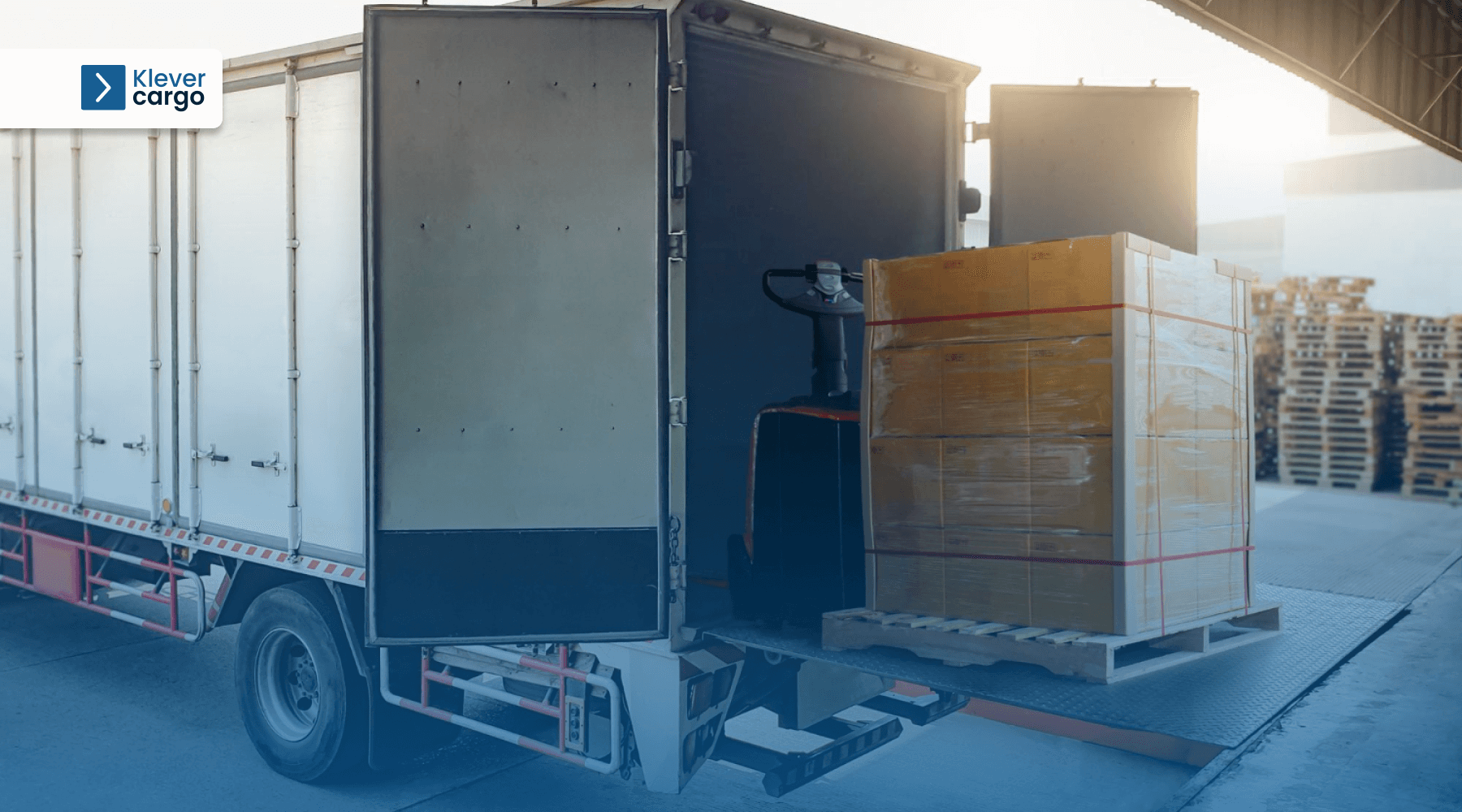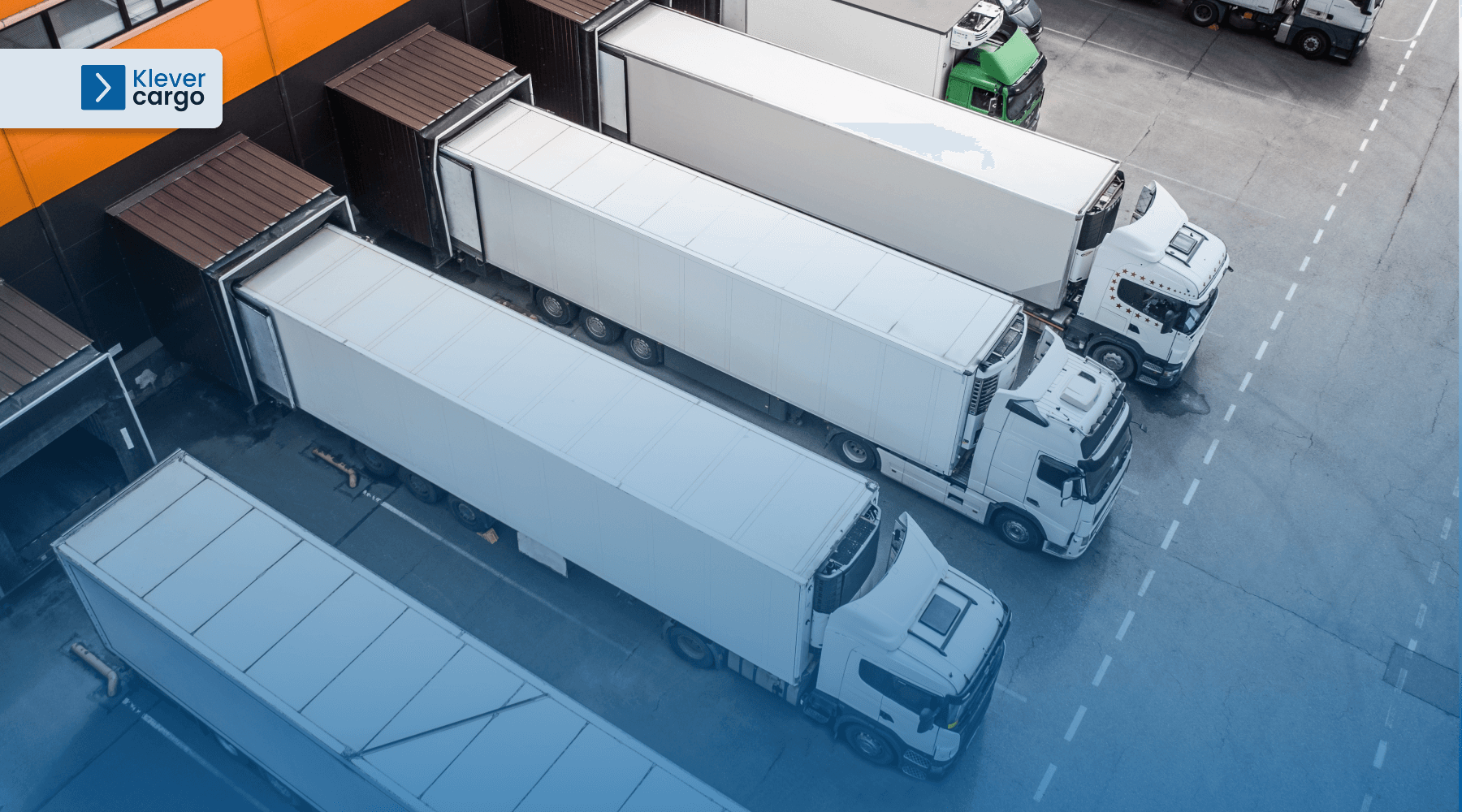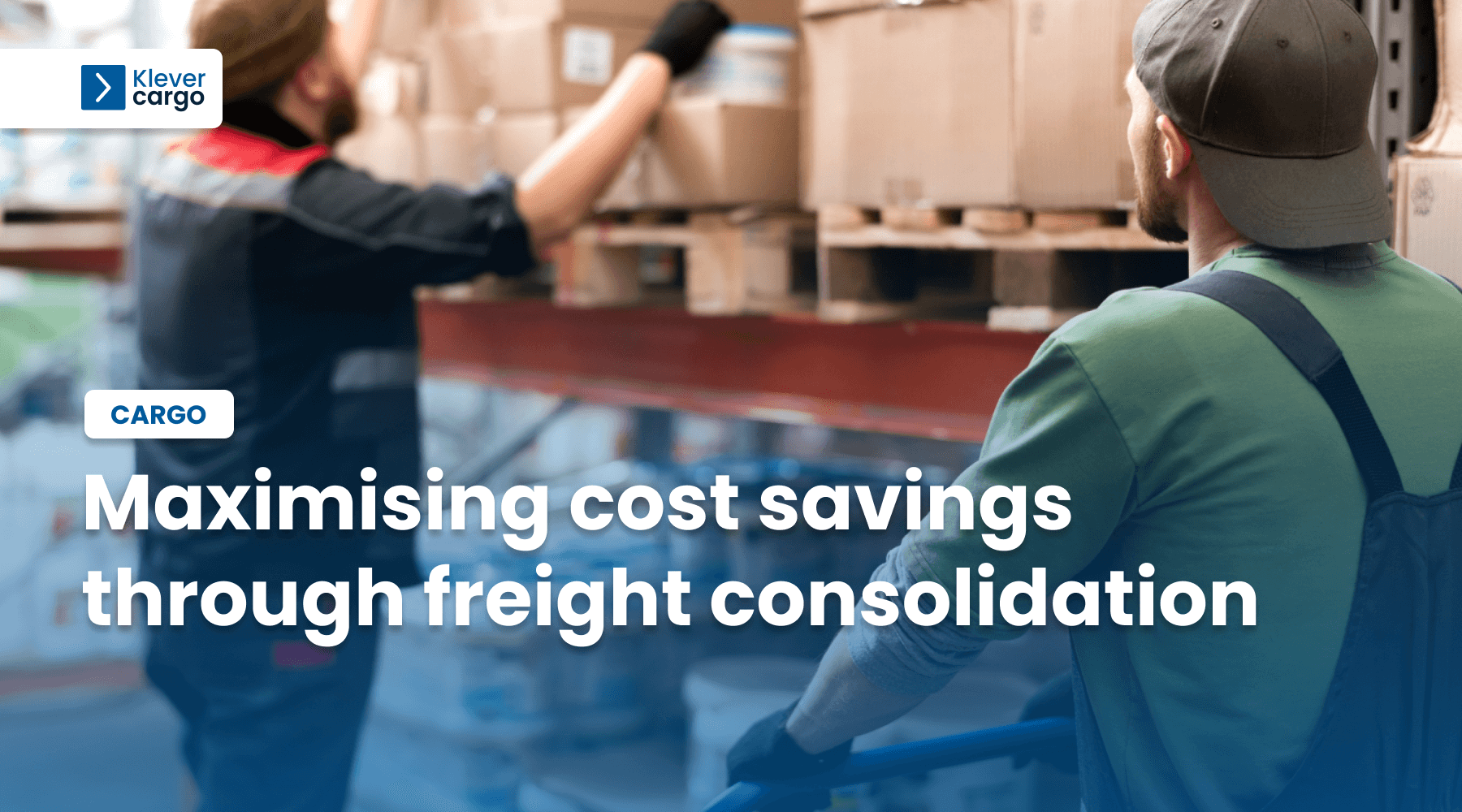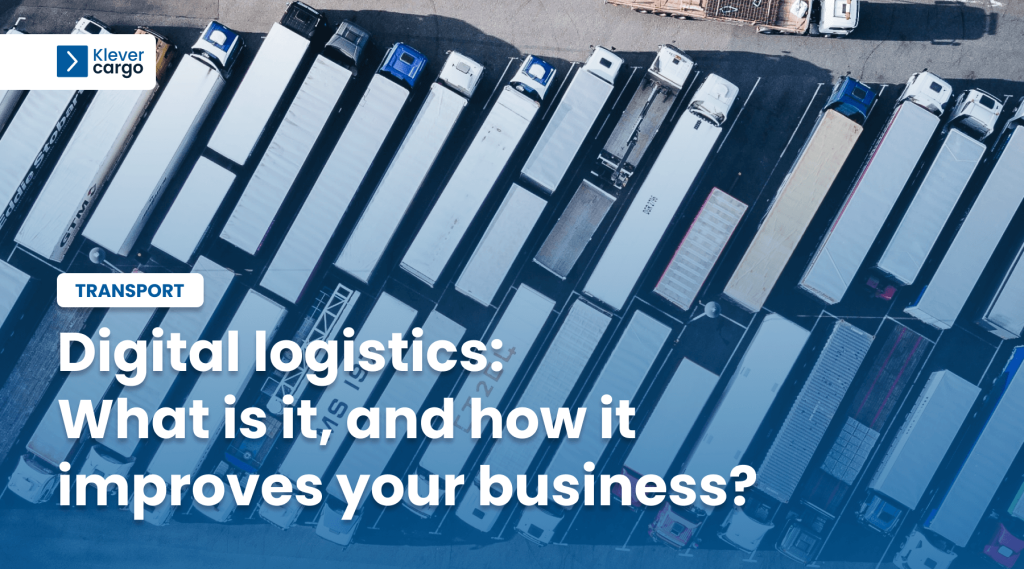As transportation prices continue to rise, smaller and medium businesses are getting in a difficult position. Figuring out how to handle these rising costs and still make an income is a big challenge. But there’s a potential way out – freight consolidation.
Freight consolidation involves merging shipments for increased efficiency and potential cost savings through favourable transport quotes. In this blog post, we’ll take a closer look at what freight consolidation is, as well as its pros and cons.
What is freight consolidation?

Freight consolidation is a process where multiple smaller shipments are combined and transported together as a single larger shipment. Businesses with regular shipments of smaller quantities often use this method, as they can reduce transportation costs and improve overall efficiency.
Also, freight consolidation helps reduce carbon footprint by reducing the number of transportation trips required. Overall, freight consolidation is an effective way for businesses to streamline their shipping processes while contributing to a more sustainable future.
A great example would be if three small businesses need to ship their products to the same distribution centre. Instead of sending their shipments separately, they decided to use freight consolidation. Their products are bundled together into a single shipment. It’s like packing multiple puzzle pieces into a larger box. As a result, businesses save on their shipping expenses and improve their efficiency.
Freight consolidation maximises cargo space and minimises the number of individual shipments. That makes the shipping process a lot more straightforward. It’s most beneficial when multiple shippers share a common destination.
How does freight consolidation work?

Freight consolidation is a well-organized process that combines shipments from various sources. Its goal is to create a more efficient and cost-effective way of transporting goods. Here’s a step-by-step breakdown of how freight consolidation works:
1. Collection of shipments
The process begins with the collection of individual shipments from different shippers. These shipments can come from various locations. Each shipment will have its own set of goods and products.
2. Sorting and grouping
Once collected, the shipments are carefully sorted and grouped based on their properties. That involves factors like:
- destination;
- delivery timeline;
- type of products.
This step helps in organising the shipments for efficient consolidation.
3. Combining shipments
Shipments going to the same location or along similar routes get combined into larger freights. This merging of shipments optimises the use of available space. It also provides convenience as there’s no need for multiple small shipments.
4. Maximising cargo space

Freight consolidators arrange the goods within the truck to maximise cargo space. This step ensures that the packaging of a consolidated shipment is as efficient as possible.
5. Loading and transportation
The consolidated shipment is then loaded onto a truck. They secure the shipment to prevent damage during transit.
6. Transit and tracking
The shipment is carefully monitored and tracked during transit. Monitoring is crucial to ensure the shipment arrives safely and on time. Advanced tracking systems allow stakeholders to stay updated on the shipment’s progress.
7. Delivery and unpacking
Upon arriving at the destination, the consolidated shipment gets unloaded and unpacked. There may be multiple recipients in the process. If so, the consolidated shipment may be sorted back into individual shipments for final delivery.
8. Final delivery
The individual shipments are then delivered to their respective recipients. This step completes the process of freight consolidation, offering cost savings and improved efficiency.
Freight consolidation streamlines the shipping process. It reduces the complexity of managing numerous small shipments. Freight consolidation offers a win-win solution for shippers and carriers. That is enabled through careful planning and efficient use of cargo space.
Pros of freight consolidation

Freight consolidation offers several pros that make it a popular choice for shipping.
1. Decreases transportation costs
Freight consolidation is an excellent way to reduce transportation costs. When you combine multiple shipments in a single freight, the cost per unit decreases. That is the result of sharing expenses among different shippers. And the more efficiently space is utilised, the lower the transportation costs become.
2. Positive environmental impact
Freight consolidation contributes to a greener environment. By optimising cargo space, we’re reducing the number of vehicles on the road. And with fewer vehicles, the carbon emissions decrease as well. This positive environmental impact promotes sustainable shipping practices and supports a healthier planet.
3. Improved efficiency
Freight consolidation does a great job of simplifying logistics operations. It does so by reducing the complications of managing numerous small shipments. The streamlined process, from collection to delivery, enhances operational efficiency. Additionally, optimising cargo space and reduced handling minimises the risk of damage to goods.
Cons of freight consolidation

While freight consolidation offers numerous benefits, it’s important to consider its potential challenges.
1. Finding reliable carriers
Finding reliable carriers to handle your consolidated shipments can sometimes take time and effort. They must be reliable and have a proven track record of safe and timely deliveries. Hence, you must thoroughly research and evaluate their profiles and ratings.
A simple solution to this challenge is utilising the KleverCargo platform. It serves as an ideal solution for connecting shippers with reliable carriers. Even better, the platform is free for shippers to use, and it’s very straightforward:
1. To find a carrier, start by clicking the Find offer button on your left side, then proceed with clicking on the Transport button.

2. You’ll be presented with various transport offers and the destinations they’re headed to. You can inspect the details of each shipment to determine whether it fits your criteria. But the best part is the filter option.

3. If you want to find the option for your freight consolidation, click on the Additional section.

4. Select the LTL option under Type of transport to only find vehicles that transport consolidated freight.

By utilising KleverCargo, you can drastically save time you’d otherwise have to invest in research, cold calling, and various methods for determining the transporter’s reliability. With KleverCargo, you can find reliable carriers for your consolidated shipments by streamlining the process.
2. Complexity of planning
Managing a consolidated shipment requires careful planning and coordination. Going through various shipments and routes can be complex and time-consuming. Some consignees require strict delivery times. That can be another drawback of freight consolidation.
To handle these challenges, all stakeholders must have efficient logistics and communication. A well-organized system is the best way to achieve it. You can create an efficient system with advanced planning tools and clear communication channels. Also, it’s best if logistics personnel are experienced and quick with their instructions.
3. Return shipments
Dealing with sending or returning items can be more complicated with consolidated shipments. Single shipments are straightforward and don’t require any special planning. However, managing returns in a grouped shipment involves extra thinking. It might mean separating and arranging things again. Of course, that’ll make the process take much longer.
To handle this challenge, it’s good to have a clear plan for what to do if something needs to be sent back. This helps ensure that everything can be sorted out and dealt with properly, even if things get more complex.
Freight consolidation is budget-friendly
Freight consolidation maximises shipping efficiency by merging small shipments into larger loads. This method optimises space while reducing costs, making the entire process a lot smoother.
Still, although freight consolidation offers numerous benefits, there are some challenges you might face. Finding trustworthy carriers to handle combined shipments can be tricky. Luckily, KleverCargo makes it easier. Register now, simplify your shipping experience, save money, and keep your supply chain running smoothly.


